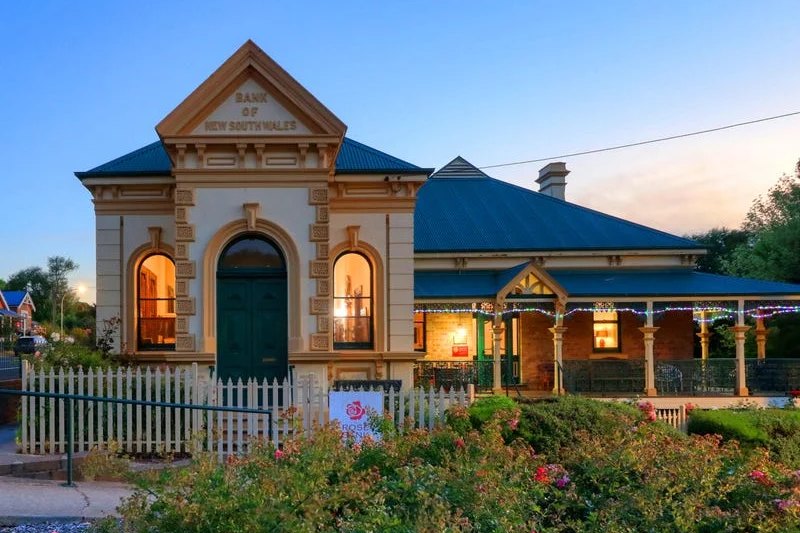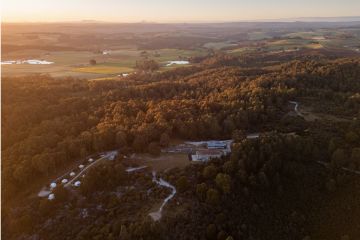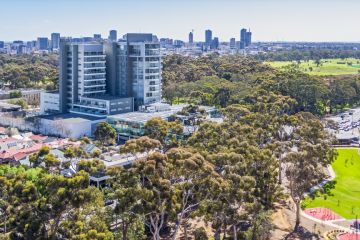Pilbara property market prices drop as mining boom ends

Karratha and Port Hedland, the two major towns located in the Pilbara along with the smaller town of Newman, were the focus of major growth and skyrocketing property prices during the decade long mining boom in Western Australia that began in the early 2000s. Now the boom has come to an end and house prices and average rents have significantly declined since 2012.
While price reductions might be great news for those living in the region that have been hoping for a return to a more affordable market, it is financially devastating for many who invested in property during the last 10 years in the region.
To put this conversation into context, the Pilbara region is the sixth largest economy in Australia and provides 90 per cent of Australia’s iron ore exports. The key drivers during the boom were iron ore as well as gas due to what seemed to be an insatiable demand from China.
The impact on towns like Karratha and Port Hedland are plain to see. During the boom, property prices went through the roof with median house prices in Karratha at approximately $747,000 in December 2012 and the top rent around $2500 per week. Price growth was driven by high levels of competition in the market and a lack of appropriate housing supply.
However, since 2012 mining construction activity has decreased dramatically as many of the major players move into production phase. China’s demand has also decreased due to global economic factors. Iron ore is currently trading at a six-year low. Thousands of people have lost their jobs in the mining industry in the past 12 to 18 months due to the fact that the sector that saved Australia’s economy during the Global Financial Crisis is now in decline.
The flow-on effect of job losses in the mining sector is undeniable and while the impact has been felt across the state, it has been felt most sharply in the Pilbara city’s property market.
Since 2012 property prices and rents have been in steep decline. The median house price in Karratha has basically halved to $400,000 and rents to about $820 per week.
So what does this mean for property investment in the Pilbara? Is there are future for investors? Have we seen the worst of the downturn?
Economies that rely on one sector alone such as mining are bound to experience volatility and major ups and downs. There is always a possibility that the economy will make a return to boom times although nothing is guaranteed and relying on such unpredictable factors is not necessarily the smartest move when it comes to property investment.
The sustainability of the Pilbara economy and the move to a more stable property market is largely dependent on how the economy evolves over the coming years. The Pilbara Development Commission (PDC), that has stewardship of the Pilbara Cities project, has recognised the need to further diversify the local economy. As stated in a recent presentation the PDC is looking to create “towns with mines: not mines with towns”.
This means looking to industries such as tourism, defence and alternative energy, as well as fostering local small businesses to boost the economy. While mining will always play a major role, it is important to provide opportunities outside of that core sector in order to ensure longevity of the cities themselves.
The Pilbara Cities program aims to transform Karratha, Port Hedland and Newman into vibrant, diversified economies. $1.7 billion from Royalties for Regions is being invested in the project that commenced in 2010. While the plan has the right objectives, investors in the property market need to ask themselves if they think it will really work.
The revitalisation of the town centres and working toward providing better public amenity is certainly a step in the right direction, but overcoming the attraction of fly in fly out (FIFO) is one major hurdle that is unlikely to be overcome in the foreseeable future. FIFO is blamed for many of the Pilbara town’s woes, as workers are brought in to mine sites for shift work and spend little time in surrounding towns. The attraction of FIFO is undeniable, when workers often get paid more than locals, they are on attractive rosters with lots of time off in between their working weeks. FIFO is also more cost effective for companies and often workers are on short-term contracts so do not wish to move to Pilbara locations only to have to uproot families and homes when their contracts end.
While Pilbara Cities is an initiative that could provide some sustainability to the Pilbara economy it is not the panacea. In reality, the region is likely to be subject to more boom and bust cycles and continue to rely on mining for a long time to come. The reliance on a FIFO work force for the majority of major mining companies is something that is unlikely to change in the near future given its financial benefits for both companies and workers.
Making the medium term future harder to predict is the oversupply of land and apartments as a result of very effective pro development and strategies by government agencies. At the end of the day the normalisation of the property market in the Pilbara will be good for its economic growth and sustainability but will cause pain in the short to medium term as supply and demand begin to come back into balance.
If you are thinking about investing in property in the Pilbara, make sure it’s a long term prospect. There are no guarantees in property, so make sure you can ride out the cycles so that when the time comes, you can sell in the right market. It is also important that you consider if you will be able to afford to have your property sit vacant for longer periods of time during a downturn because, like now, this could be a real possibility.
It is also important to consider the costs of repairs and maintenance to property as labour and material costs are much more expensive in the region.
If considering investing in the Pilbara, you will potentially receive higher returns but there is greater risk. Unless your investment is part of a larger diversified portfolio it may be a risk to avoid.
Warwick Hemsley is the chairman of QWest Paterson, a Perth-based licensed property valuation and consulting company.
States
Capital Cities
Capital Cities - Rentals
Popular Areas
Allhomes
More
- © 2025, CoStar Group Inc.







